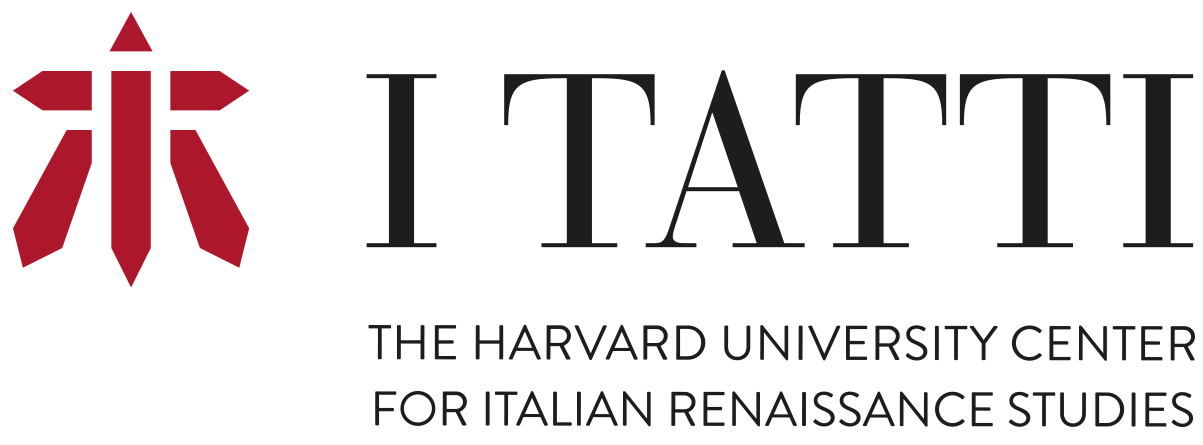Hamburger, Jeffrey F. 2024. Flesh and Fabric: The Raiment of the Passion in a Crucifixion by Pietro Lorenzetti. Harvard University Press. Publisher's Version Abstract
Although the works of Pietro Lorenzetti (1280–1348) rank among the most famous of the fourteenth century, one of his panels, a small Crucifixion, has remained largely overlooked, despite its unique imagery. Combining three temporal horizons—past, present, and eschatological future—within an unparalleled allegorical presentation of the Crucifixion, this panel grants precedence to Clare of Assisi over Francis, founder of the Franciscan Order. Probably created for a nun, Lorenzetti’s painting turns abstruse allegory into a vehicle for a self-conscious meditation on the power of painting itself. In Flesh and Fabric: The Raiment of the Passion in a Crucifixion by Pietro Lorenzetti, Jeffrey F. Hamburger explores the historical context of this panel as well as the subtleties of Pietro’s painting technique and iconographic imagination, enriching not only our understanding of one of the most innovative artists of the Trecento but also of Italian painting during one of its most generative periods. In addition to an iconographical analysis and historical contextualization of the panel, this volume includes a technical analysis that reveals the subtleties of the painting’s technique and reconstructs its original format, demonstrating that, from the start, this panel was a freestanding devotional image.














